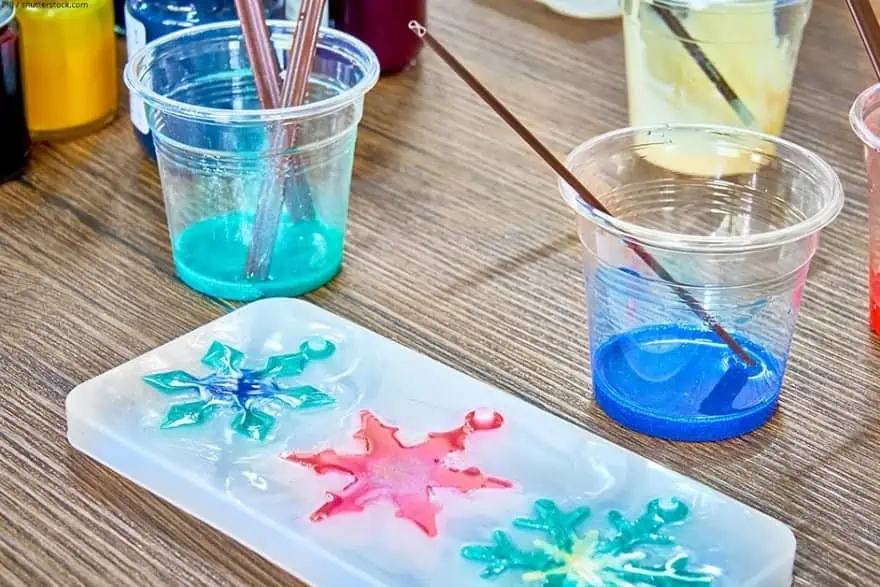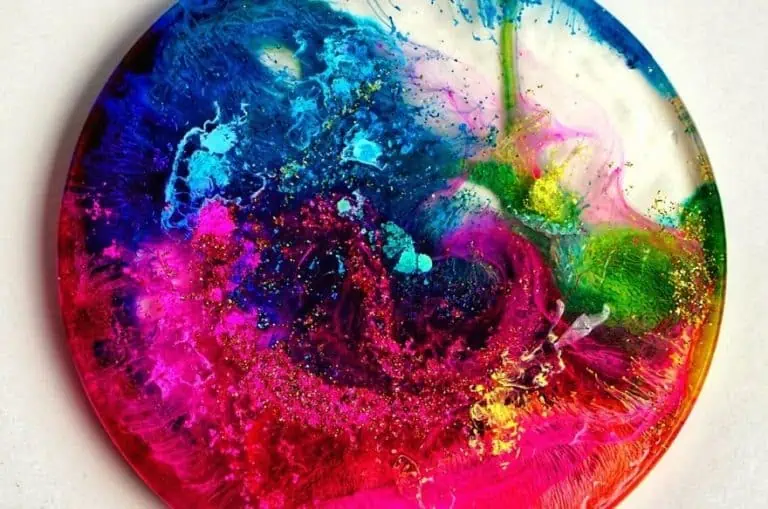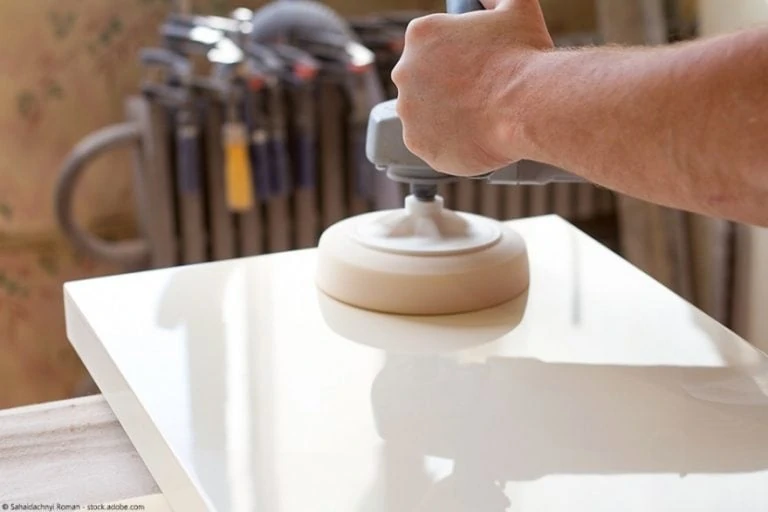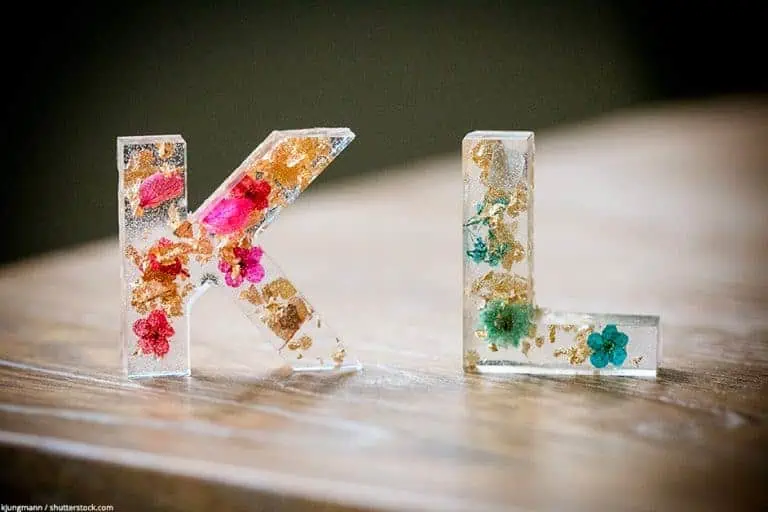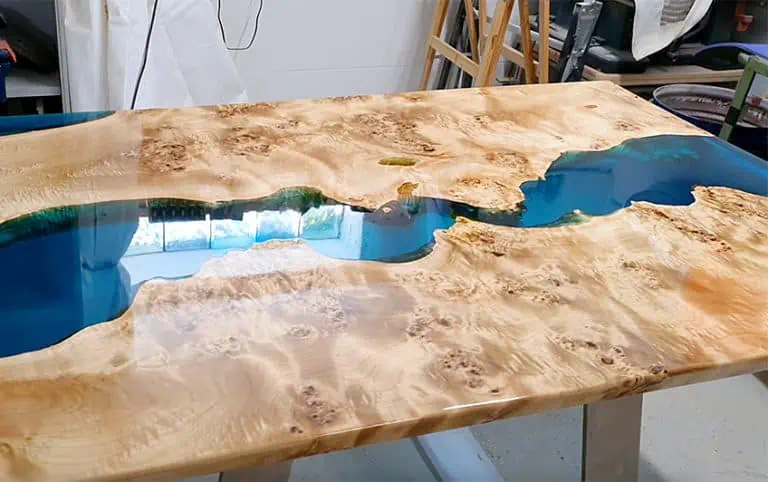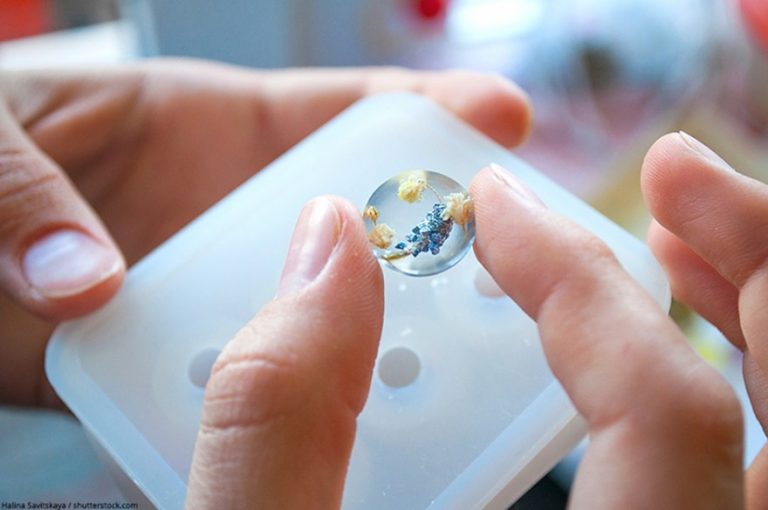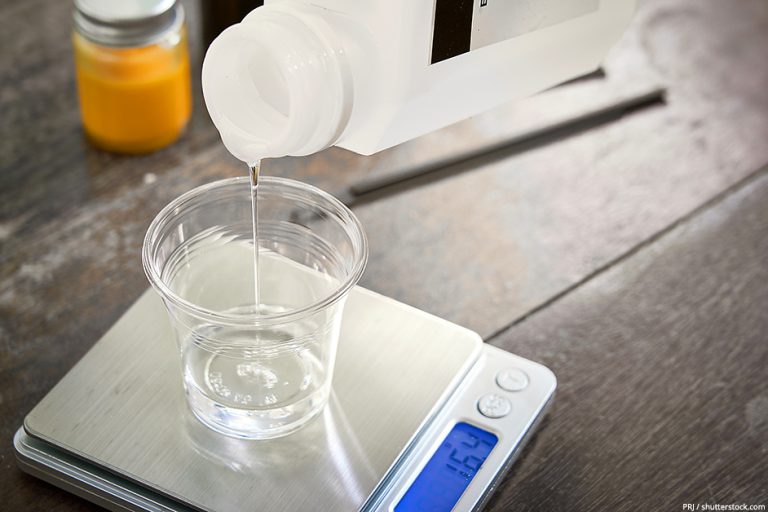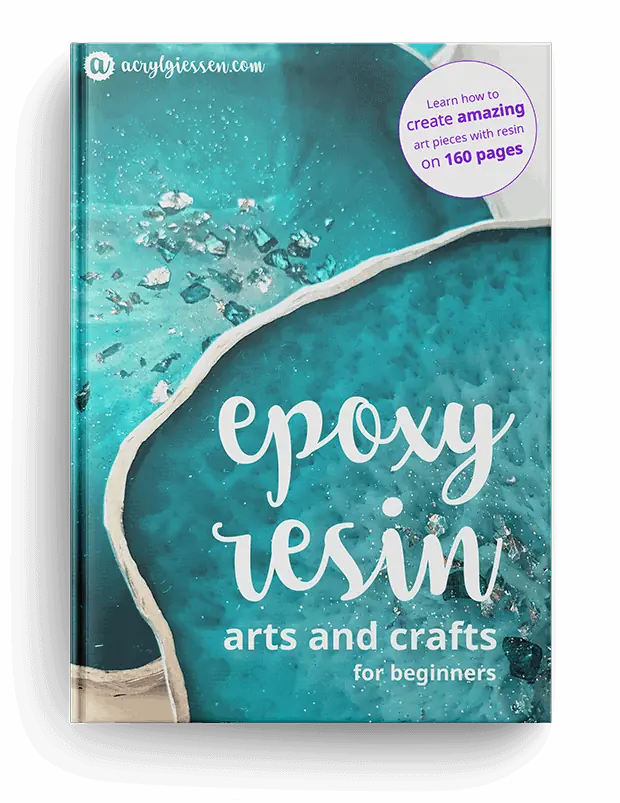Epoxy vs Resin – Difference between Epoxy and Resin
This post may contain affiliate links. We may earn a small commission from purchases made through them, at no additional cost to you.
If you make the wrong choice of resin for your project, it could have bad results. This is because certain resins need a longer curing time and others require a low viscosity for easy pouring. If you have a thin pouring resin and you apply it too thick on your substrate, it will automatically accelerate the curing process and could result in yellowing or cracking of the epoxy. Yet again certain epoxies rely on complicated mixing ratios as well as catalysts, where others have a simple 1:1 mixing ratio. Also, you have different types of resins such as Polyester Resin, Casting Resin, Epoxy Coating Resin and so on, the list appears to be endless. So, to make better choices, we need to know the difference between Epoxy and Resin. Below we will be learning a little more about epoxy vs resin.
Table of Contents
Various Types of Resin
In theory, it appears that there is an unlimited variety of epoxies on the market. This can pose a tremendous problem when it comes to choosing the correct resin for your project. Do not worry, for, in reality, there are only a few types for you to choose from. This is because the majority of these unlimited epoxies have been modified slightly to suit particular project needs.
So, in reality, there are only four ordinary or regular types of epoxy resins in stores to choose from. Resin vs Epoxy: below is a list of these main resin categories:
- Polyester Resin: This is not an actual epoxy but is rather an unsaturated synthetic resin
- Epoxy Resin: This type is supplied in 1 or 2 component forms
- Polyurethane Resin: This is also not an actual epoxy but is rather a synthetic resin or plastic
- Epoxy Acrylates: These are a type of blend that is formed by linking polyester and pure epoxy resin
The difference between Epoxy and Resin
Trying to differentiate between resin and epoxy is not the way to be looking at things. If you consider the term Epoxy Resin or Casting Resin, they both have their own type of blend. So, when you are likening the two, you are actually relating the differences between Epoxy Coating Resin, Casting Resin, or Polyester Resin and not the difference between Epoxy and Resin.
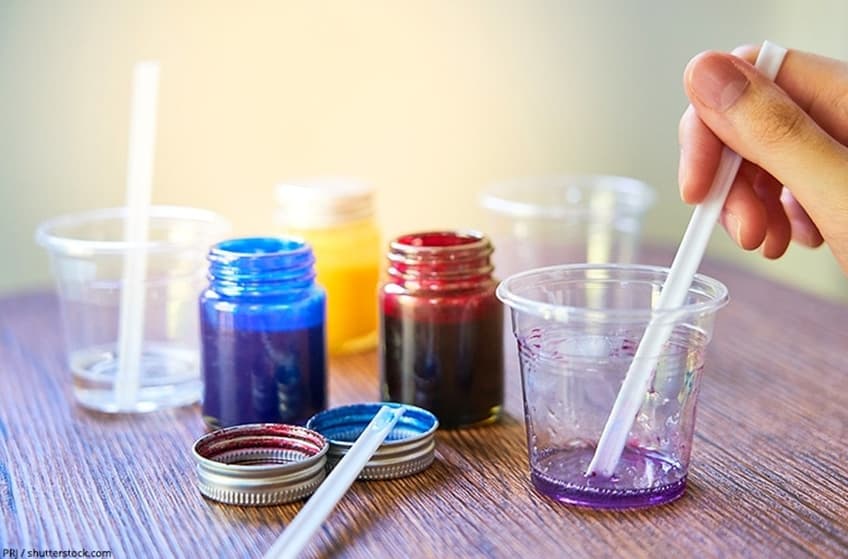
When considering Polyester Resin, this type is used mainly in the marine industry and seeing this is a DIY Epoxy Site, we will be concentrating rather on the difference between Epoxy Coating Resin and Casting Resin.
Casting Resin vs Epoxy Coating Resin
The most noticeable difference between these two compounds is their intended use. The Epoxy Coating Resin is intended for coating surface applications, while the Casting Resin is used mainly for jewelry, molds or figurines. However, we need to realize that both of these two compounds could be used interchangeably, but we will discuss this matter later on in the article.
Pouring Depth Maximum
Most Epoxy Coating Resins have a recommended maximum pouring depth of 1/8 to 1/4 of an inch for each application. If you then exceed these recommended maximum pouring depths per application, it may cause an accelerated curing reaction.
However, with some of the Casting Resins, you can pour thicker layers per application, as much as several inches thick. With this feature, Casting Resins are more suitable for use in molds, river tables, figurines and in projects where various items are embedded deep in the resin.
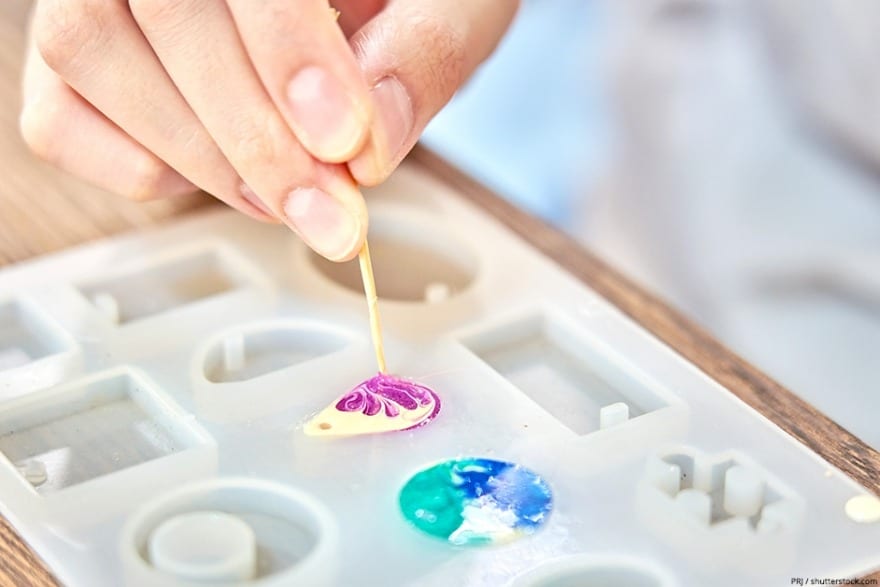
The Thickness or Viscosity of the Material
When comparing the two compounds, Epoxy Coating Resins are usually thicker than Casting Resins. The reason being that Casting Resins have a slower curing rate, and as such creates less heat which will allow you to pour thicker layers. This characteristic of Casting Resin will be a problem when it is used for coating applications, as the resin is thinner and tends to run off the sides of your project. To avoid this happening, you will have to build a frame around your project to hold the resin in place.
Curing Times
Curing times for Casting Resins are a lot slower than for Epoxy Coating Resins. Casting Resins can cure in 24 to 48 hours, while Epoxy Coating Resins cure in 12 to 24 hours. Epoxy Coating Resins will cure to the touch within 20 minutes, but Casting Resins will take up to 18 hours to begin to gel.
Casting Resins can make thicker pours, which releases heat a lot slower than Epoxy Coating Resins. So, if you pour an Epoxy Coating Resin too thick it could destroy your project, as the heat released can crack your epoxy.
Processing Time
The working time is not to be mistaken for curing time. This process, working time, is also referred to as pot or gel time and is the time taken for your epoxy to start to gel or set. Once you have reached this point, you will not be able to work without difficulty or easily pop any bubbles that arise. This means that Casting Resins give you a longer working time, as it cures a lot slower.
Epoxy Coating Resins give you around 20 minutes working time, which is considerably less time needed to prepare everything and still pour. Be careful, because you can reduce the working time even more, when you pour it in on very hot days, or if you let it stand in your mixing container too long before you decide to pour it.
Hardness
In most cases, your Epoxy Coating Resins appear to be harder than the Casting Resins. This is because the Casting Resins allow a variation in mixing ratios, which affects its hardness. This is especially evident, for example, when Casting Resins are used as artificial water in a vase. This means that if the Casting Resin is not flexible, the vase will eventually crack when the glass contracts and expands.
So, when using Casting Resins for this type of application you need to make it more flexible, which you can accomplish by altering the amount of hardener you use. Just be careful, as each Casting Resin is different, so you need to follow the manufactures instructions very carefully and only use a resin that is suited for your application. Many have found that Epoxy Coating Resins have a better scratch resistance than that of Casting Resins.
Mixing Ratios
Broadly speaking, most Casting Resins have mixing ratios of 3:1, 2:1 and also 1:1. However, Epoxy Coating Resins usually have mixing ratios of 1:1. This appeals to many users, as they find it a lot easier to work with. If you vary your mixing ratios such as 3:1 or 2:1, you will have to have mixing containers where you gradually add the resin to make sure the ratios are measured out accurately. Whatever mixing ratio you use, it needs to be measured out precisely or else your epoxy will not cure correctly.
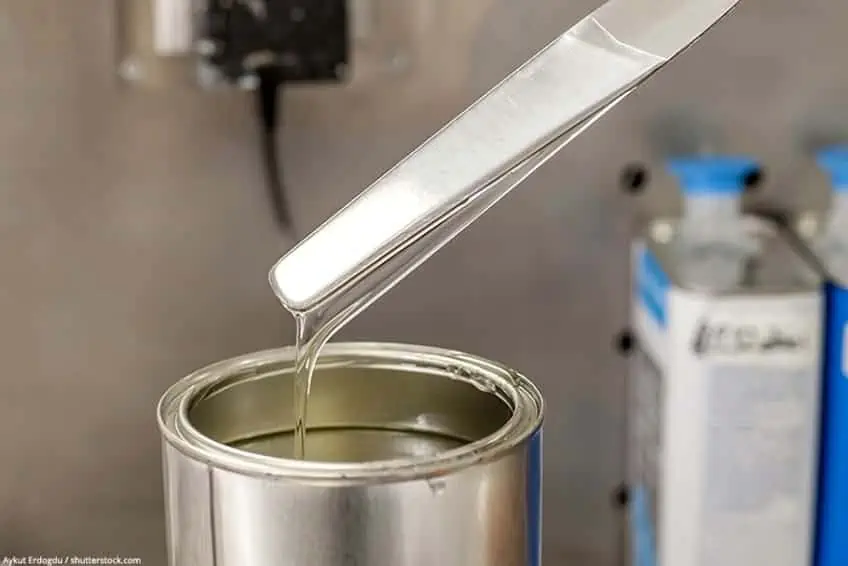
UV Resistance
Epoxy Coating Resins, as well as Casting Resins, are both able to contain UV inhibitors. However, when Casting Resin is used for your outside projects and it is exposed to UV rays, yellowing is more evident because it is thicker. Also, if they do not contain paint, stain or color the yellowing can be more obvious.
As far as resistance to yellowing goes, all epoxy resins are different. Epoxy Coating Resins, for example, seem to hide yellowing better when they contain dark-colored stains and paint or when used in the wood grain. Take note that most of the Epoxy Coating Resins and the Casting Resins are not recommended for outdoor projects or where they are exposed to continual UV rays.
Heat Resistance or Tolerance
Most of the Epoxy Coating Resins and the Casting Resins used by the average DIY artist are not high heat resistant epoxies. The epoxies that fall in the high heat resistant epoxies category tend to be expensive. The average Epoxy Coating Resins and the Casting Resins all start to soften in the region of 110 to 150° F. This aspect needs to be carefully considered by those DIY enthusiasts that are interested in projects like coasters, countertops, or any other project where hot items like pots, coffee cups, pans etc. will be used.

Possibility of Bubbles
There is a strong possibility of bubbles forming when Casting Resin is poured into a mold where certain items are embedded. However, when the Resin is poured in much thinner layers, there is a much slighter possibility of bubbles forming as the bubbles rise to the surface and are easily popped.
However, if you take time and prepare your project properly beforehand, you will considerably reduce the possibility of bubbles forming. All porous materials such as wood, for example, could pose a problem, so you need to give it a thin sealing coat first.
This sealing coat will then flow easily into all the cracks and porous areas sealing them off. This same process of applying a sealing coat should also be followed when you are going to embed any items in your epoxy. If you have an item or a mold that has corners, grooves or hard to get areas, should also be sealed before poring, as they are inclined to trap and hold air bubbles in the epoxy.
Other Types of Epoxy Resins
Polyurethane Resin
If you want to use Polyurethane Casting Resin for your projects, make sure that you first check its characteristics and ensure that it is compatible with your project. This is an excellent resin to use and has several good pros and only a very few cons.
Pros
- Hardening time is quick, which also makes it quick to demold
- It is a particularly good material to use for thin-walled and small models and provides high stability
- This product has exceptional flow characteristics and is quite easy to process and mix
- The filling capacity is also excellent
- Not too thin, so it can be used to cast or to shape
- Allows you to mix in a large range of additives like color paste, inhibitors and filling materials
- When it cures the shrinkage is minimal
- Can be safely used for electrical encapsulation
- Polyurethane Casting Resin characteristics are varied, for example, existing elastomers and thermosetting plastics. The latter, which once cured can be combined via vulcanization
- After curing its heat resistance is remarkably high
Cons
- The presence of styrene causes a smell when curing, so breathing apparatus must be worn to avoid any possible health hazard
- If you want your project to be UV light-sensitive, you need to include certain additives
- It is extremely sensitive to moisture, which could result in a foaming reaction
- The Polyurethane Resin adhesive characteristic is not as strong as that of Epoxy Resin
- Once cured it cannot be welded
Polyester Resin
Woodworking and certain industrial processes make use of this type of Resin and it can be used for many of the same processes as Epoxy Resin. Take note, however, that Polyester Resin is not the same as Epoxy Resin, even though the final results appear to look the same.
Pros
- The cost is fairly low, this means that even if Epoxy Resin seems to be cheaper to start with, the Polyester Resin lasts much longer and over time can be cheaper
- Water-resistant and resistant to most chemicals, therefore, it has better handling properties than Epoxy Resin
- The heat resistance is reasonably good
- Shrinkage is minimal during curing
- Handles weather conditions well and will last a long time, and can outlast Epoxy Resin
Cons
- Difficult to mix, the Epoxy 2-part system is a lot easier to handle
- Does not easily bond with all types of substrates
- Has an intense odor, which can be very unpleasant
- When properly cured, it is not as strong as Epoxy Resin
- Tends to be very toxic and protective equipment and breathing apparatus is highly recommended
Epoxy Acrylates
If you are looking for a material that has all the properties and characteristics of Epoxy Resin as well as Polyester Resin, then consider Epoxy Acrylate.
- There is a massive variance between the use of Epoxy Resins and Epoxy Acrylates. One of the main differences is that most of the Epoxy Acrylates are cured by using Ultraviolet Light (UV light). They do not rely on ordinary room temperature or other sources of heat
- The curing time of Epoxy Acrylates is a lot faster than ordinary Epoxy Resin, which is an advantage in most cases
- Once Epoxy Acrylates have cured properly, they are much harder than Epoxy Resins and are, therefore, a lot more durable
- Epoxy Acrylates also have a much higher level of chemical resistance than Epoxy Resins and can handle acids a lot better
- Epoxy Acrylates can be adapted to suit a vast number of various applications, by advancing specific characteristics. One of these popular modifications is ‘the no volatile organic compound variant’, which makes it perfectly safe to use indoors without any need for ventilation.
Resin Differences
All the different types of Resins serve distinctive purposes. So, you need to be able to understand what the intended application is when using both Epoxy Coating Resin and Casting Resin. In conclusion, casting resins are intended for thicker applications or coatings, which will include bar tops and tabletops. Epoxy Coating Resins, on the other hand, is intended more for thinner coating applications. This, in a nutshell, sums up Casting Resin vs Epoxy.
In 2005, Charlene completed her wellness degrees in therapeutic aromatherapy and reflexology at the International School of Reflexology and Meridian Therapy. She worked for a company offering corporate wellness programs for several years before opening her own therapy practice. In 2015, she was asked by a digital marketer friend to join her company as a content creator, and it was here that she discovered her enthusiasm for writing. Since entering the world of content creation, she has gained a lot of experience over the years writing about various topics such as beauty, health, wellness, travel, crafting, and much more. Due to various circumstances, she had to give up her therapy practice and now works as a freelance writer. Since she is a very creative person and as a balance to writing likes to be active in various areas of art and crafts, the activity at acrylgiessen.com is perfect for her to contribute their knowledge and experience in various creative topics.
Learn more about Charlene Lewis and about us.
